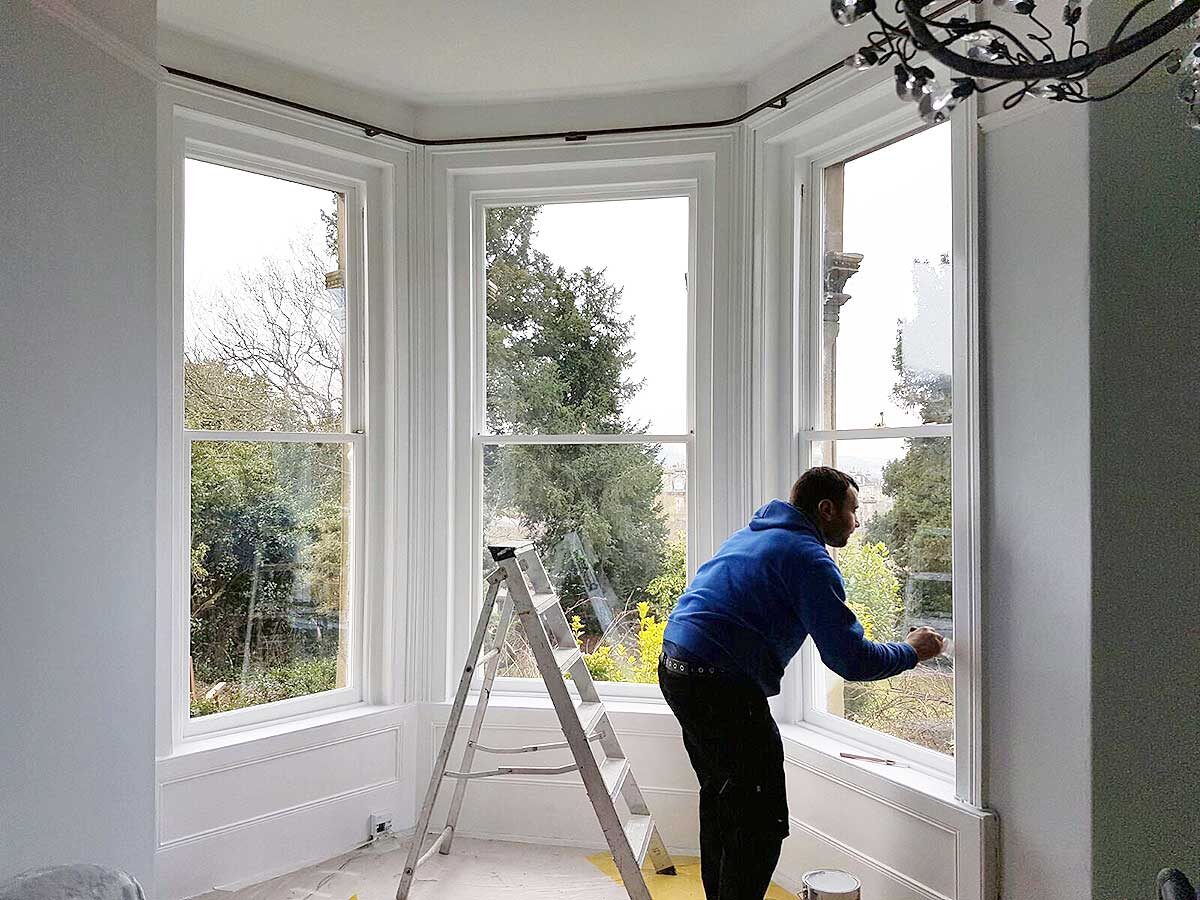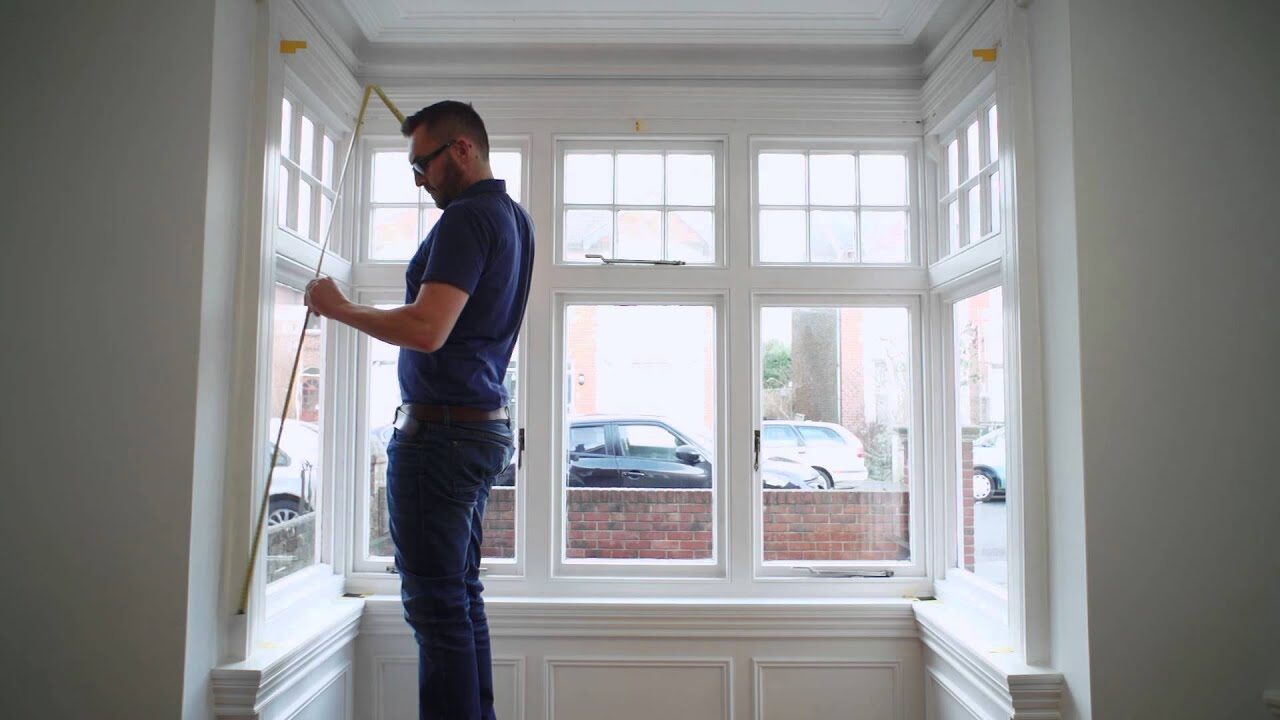Restoring or fixing old windows is a popular trend in London, especially in areas like Fulham and Ealing, where historic homes are common. It allows people to keep the original look of their property, enhance comfort, and increase the energy efficiency of their home without spending a lot. So, most people prefer to repair or upgrade the old sash windows instead of replacing them.
Historic windows often have unique designs, delicate wood, or worn-out parts that need special care. You can’t just replace them like modern windows because that could ruin the look of the building. However, understanding the common challenges that you can face during the restoration project and taking effective measures can help you keep the original style and make the windows more useful.
Here’s a comprehensive guide to common problems of restoring historic windows and how to avoid them.
Finding the Right Materials
During sash window restoration in Fulham, most people face delays simply because they can’t get the right materials straight away, which can slow down the whole process and increase the cost. The reason is that many old windows are made with timber that’s no longer widely used, making it hard to find the right wood or glass to match the original style. So, homeowners often have to search for special suppliers or wait longer for custom parts.
Damaged or Rotten Wood
Old wood can easily rot due to moisture, especially in older homes without proper ventilation. So, when fixing old windows, you can discover that large parts of the frame are too damaged to repair. It means you need new wood sections or full replacements. It not only adds to the cost but also takes time and extra care to treat the remaining wood.
Lead Paint Risks
Many historic windows were painted with lead-based paint, which is harmful if it flakes or is sanded. Removing this paint safely is a big task, and you may need to use special tools or wear protective gear. Additionally, you also have to be careful not to spread dust inside the home, which makes the job more complex and stressful.
Single Glazing and Heat Loss
Many people want to keep the old look of their windows but also stay warm, which creates a tough situation during the repair process. The reason is that old windows often have single glazing, which doesn’t keep heat in. When restoring these windows, it can be tricky to add extra glazing without changing the look. Moreover, double glazing may not fit the old frame, or it might make the window look modern.
Broken or Missing Window Parts
Most older windows have broken cords, weights, or handles and are not able to open or close properly. These parts are not usually available in regular shops, and you need to hire a specialist who understands how to fix or replace these items to make the window work as it should.
Sticking or Painted-Shut Windows
Many older windows have been painted several times over the years, causing the sash to stick or become painted shut. Trying to open or fix them can lead to more damage. Additionally, removing the layers of paint without breaking the wood or glass also requires time and patience.
Lack of Skilled Workers
Restoring old windows requires special skills that not every builder or handyman has. You need someone who understands how sash windows work and can match the original style. Finding the right person for the job isn’t always easy, and skilled tradespeople are often booked for weeks or months in advance, which causes delays and sometimes increases the cost of the work.
Noise and Disruption
Fixing old windows can be noisy and messy. It often takes a few days, and the work might need to be done inside and outside the home. If you’re living in the property during the repairs, the noise and dust can be hard to manage. This can be even worse in terraced houses or flats where space is tight and neighbours are close by.
Needing Planning Permission
If your home is in a listed building or conservation area, you may need permission from the council to restore your windows. This process can take time, and you might have to adjust your plans to meet strict rules. Many homeowners don’t realise this until they start the project, leading to unnecessary delays in work or even fines and penalties.
Matching the Look Across the Street
In many London streets, especially in older areas, all houses have a similar look. When doing sash window restoration in Ealing, homeowners often try to match their windows to others nearby. It can be hard if others have done poor repairs or used different styles, requiring extra care and planning.
Bottom Line
Restoring older windows is a bit complex and time-consuming task as it involves many risks and requires legal permits. However, by keeping in mind all above-mentioned challenges and planning everything in advance, you can ensure a seamless experience and restore the historic charm of your windows.




































